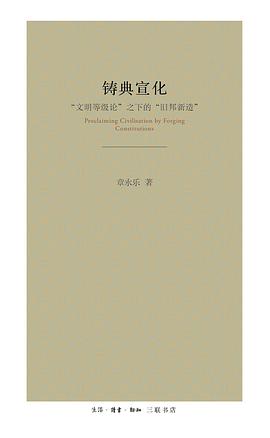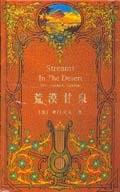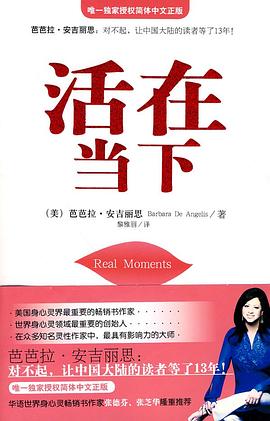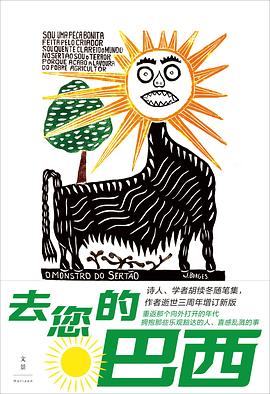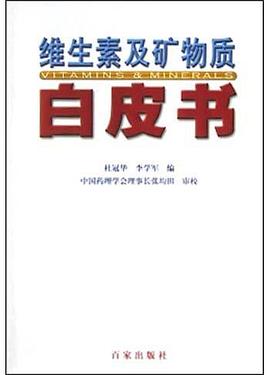Negotiating Urban Space
内容简介
Urbanization was central to development in late imperial China. Yet its impact is heatedly debated, although scholars agree that it triggered neither Weberian urban autonomy nor Habermasian civil society. This book argues that this conceptual impasse derives from the fact that the seemingly continuous urban expansion was in fact punctuated by a wide variety of “dynastic urbanisms.” Historians should, the author contends, view urbanization not as an automatic by-product of commercial forces but as a process shaped by institutional frameworks and cultural trends in each dynasty.
This characteristic is particularly evident in the Ming. As the empire grew increasingly urbanized, the gap between the early Ming valorization of the rural and late Ming reality infringed upon the livelihood and identity of urban residents. This contradiction went almost unremarked in court forums and discussions among elites, leaving its resolution to local initiatives and negotiations. Using Nanjing—a metropolis along the Yangzi River and onetime capital of the Ming—as a central case, the author demonstrates that, prompted by this unique form of urban-rural contradiction, the actions and creations of urban residents transformed the city on multiple levels: as an urban community, as a metropolitan region, as an imagined space, and, finally, as a discursive subject.
......(更多)
作者简介
Si-yen Fei is Assistant Professor of History at the University of Pennsylvania.
......(更多)
目录
......(更多)
读书文摘
归根到底,南京是什么?南京首先是容纳本地人和寓居者的多变空间。除此之外,什么早就了南京呢?……“金陵琐事”的编写提升了明末文人构建一种“南京特性”的共同体验的速度。周晖、顾起元及其朋友的辛勤努力定义了南京的话语边界。最终,两份金陵“客谈”收录的“琐事”,构建了一个带有独一无二的晚明印记的南京。 引自章节:197 第四章 时人口耳相传中的南京
......(更多)

